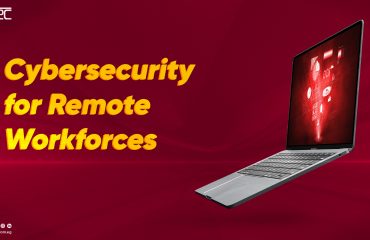
In an era dominated by digital communication, journalists and activists play a crucial role in shaping public opinion and advocating for change. However, this increased visibility also makes them prime targets for cyber threats. This blog explores essential cybersecurity practices to empower journalists and activists in safeguarding their work and protecting their digital presence.
- Threat Landscape Awareness: Understanding the evolving cyber threat landscape is the first step to effective cybersecurity. Explore the common risks faced by journalists and activists, including phishing attacks, doxxing, and surveillance.
- Secure Communication Tools: Highlight the importance of using encrypted communication tools such as Signal, Telegram, or secure email services to protect sensitive conversations and information from interception.
- Strong Password Management: Emphasize the significance of robust password practices, including the use of complex, unique passwords for each account and the implementation of multi-factor authentication (MFA) whenever possible.
- Digital Footprint Minimization: Guide readers on minimizing their digital footprint by limiting personal information shared online, being cautious about geo-tagged content, and regularly auditing privacy settings on social media platforms.
- Secure File Storage and Sharing: Explore secure methods for storing and sharing sensitive documents, such as encrypted cloud storage and collaboration platforms with end-to-end encryption.
- Device Security: Advise journalists and activists on securing their devices with up-to-date antivirus software, regular software updates, and the use of virtual private networks (VPNs) for secure internet connections.
- Digital Hygiene Practices: Promote digital hygiene practices, including regular system and software updates, secure Wi-Fi usage, and the cautious downloading of attachments or clicking on links in emails.
- Incident Response Planning: Encourage the creation of an incident response plan that outlines steps to take in case of a cyber attack, ensuring a swift and effective response to minimize potential damage.
- Training and Education: Highlight the importance of ongoing cybersecurity training to stay informed about emerging threats and empower journalists and activists to recognize and mitigate potential risks.
- Collaboration and Support Networks: Emphasize the strength in community and collaboration. Encourage the formation of support networks where journalists and activists can share experiences, insights, and advice on cybersecurity best practices.
Conclusion: As journalists and activists navigate the digital landscape, prioritizing cybersecurity is paramount to safeguarding their work and personal safety. By implementing these cybersecurity measures, they can fortify their defenses against potential threats and continue their vital roles in shaping a more informed and just society.



